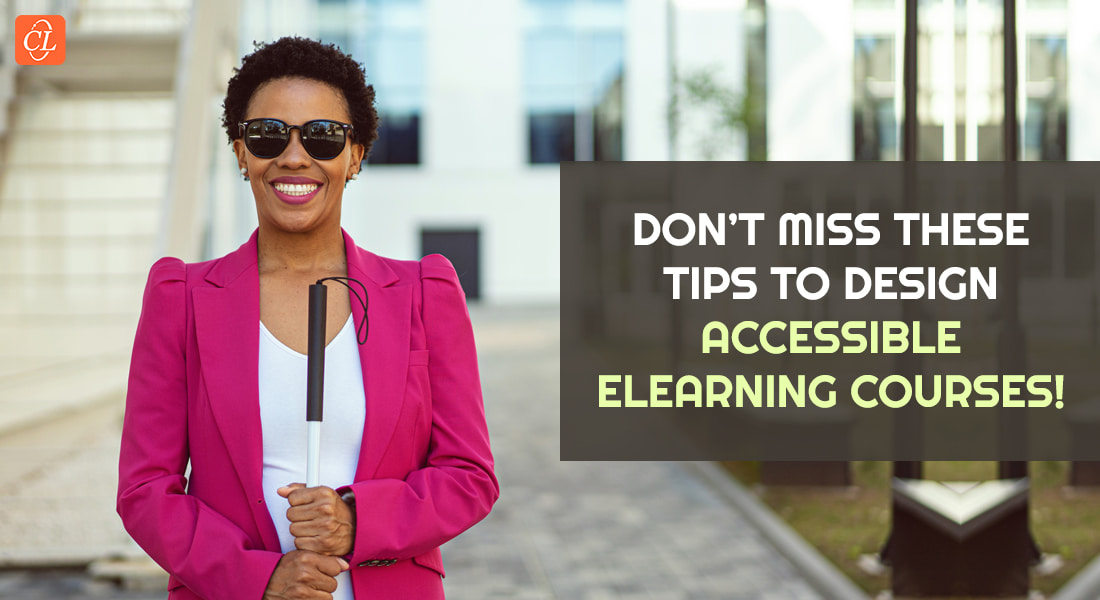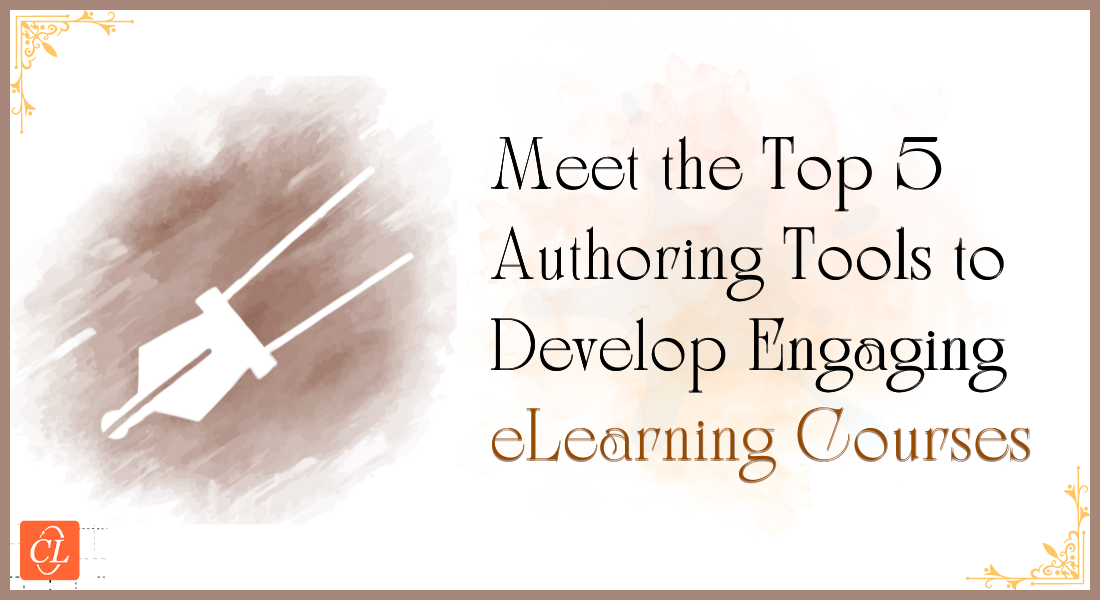5 Best Practices for Designing Accessible eLearning

Utility is at the heart of excellent eLearning design. What good is an eLearning course if it doesn’t reach the highest number of people? It’s critical, in the present time, to create accessible eLearning for people with disabilities.
Every company wants to make certain their employees feel welcome, and that includes people with disabilities who are equally skilled if not more. Physical disabilities include visual loss, hearing loss, and limitations to movement. It might also encompass cognitive impairment that affects a person’s capacity to obtain, remember, and store knowledge. A growing number of businesses are investing in eLearning courses that comply with The World Wide Web Consortium Accessibility Rules (WCAG in order to create optimal learning experiences for people with disabilities.
How to Make eLearning Accessible?
To ensure your eLearning courses are accessible you need to:
- Incorporate audio-visual design
- Include subtitles in videos
- Add captions to pictures
- Ensure colour contrast
- Employ static design
What Is the World Wide Web Consortium Accessibility Guidelines (WCAG)?
The Web Content Accessibility Guidelines (WCAG) of the World Wide Web Consortium (W3C) are globally recognized standards in the eLearning dimension. The purpose of the WCAG standards is to outline how to make web content accessible to individuals with disabilities. Accessibility encompasses visual, auditory, physiological, verbal, cognitive, language, learning, and neurological issues. These guidelines also enhance the relevance of the worldwide web’s information for the elderly, as their abilities are subject to drastic change over time.
When you create eLearning courses with accessibility in mind, it testifies to the fact that your senior management is aware of the needs of people with disabilities. This does not have to be an uphill task; in fact, it should be an integral part of your training development process. To make it easier, here are a few principles to hold on to when designing accessible eLearning:
5 Easy-To-Follow Guidelines for Creating Accessible eLearning
1. Incorporate Audio-Visual Design
A learner can choose an audio byte or video clip that’s a part of their course for a variety of reasons. To accommodate people who are deaf or hard of hearing, make sure your audio content is accessible in text format, either through transcription or closed captions.
2. Include Subtitles in Videos
If you’re adding videos or audio clips to your eLearning course, make sure you add a video introduction that introduces the course and explains how to access it.
Always make certain that the multimedia content in your training has subtitles. You can use closed captions or a separate transcript field to accomplish this. This way, individuals with loss of vision or hearing impairment can have highly effective learning experiences.
Examine How eLearning Assists You in Achieving Your Business Objectives.
3. Add Captions to Pictures
If your images include important information that you want your learners to comprehend, then you need to attach captions with them. You must provide a text-based alternative for your images to clarify what they are depicting.
This isn’t needed for every image, specifically if they’re supporting visuals that aren’t essential to enhance your learners’ comprehension.
4. Ensure Colour Contrast
To enhance the efficacy of the reading process you need to rely heavily on contrast. You must make sure there’s a lot of contrast in your design, either by using varying tones or by using different colors. To increase readability, consider increasing the size of your font.
If you’re going to place text behind your image, then apply a background color that helps the text to shine through the image as much as possible. Also, try and stay away from cluttered backgrounds! For people with partial sight or for those who are color blind, implementing color contrast designs makes sure your content is easy to read.
5. Employ Static Design
Although a well-designed table or graph with a variety of hues is appealing, it’s not easily accessible. When you use a range of colors to design visuals it might appear to be a good idea at first, but it can be difficult to perceive for those who are color blind. To rectify this, you can use unique tones of the same color, and it can be far more accessible and captivating at the same time!
Parting Thoughts!
It’s a win-win for both the learner and the eLearning developer when implementing accessible eLearning courses. These design and development principles not only help you satisfy content accessibility rules, but they also ensure that you’re providing exceptional learning experiences. This automatically improves your employees’ learning outcomes and your company’s performance.
Custom eLearning is ideal for firms that can set aside a large budget to design courses from the ground up based on specific business requirements. It gives organizations complete control over the eLearning production process. Learn how to build a compelling business case for personalized eLearning and persuade your executive team by applying the knowledge provided in this free eBook!





